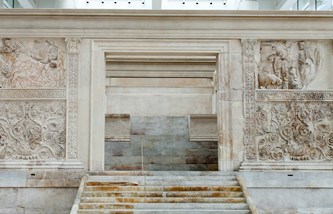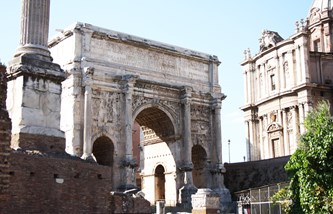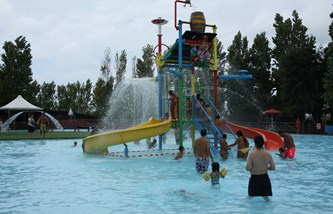Tours

Rome Tourist Card
Rome Tourist Card
Snap up the Rome Tourist Card and you'll get everything you need to explore Rome's top highlights including Colosseum, Palatine Hill, Roman Forum and Hop on/off bus. You can even choose the order you see things in.

Colosseum, Roman Forum & Palatine Hill: Priority Entrance
Colosseum, Roman Forum & Palatine Hill: Priority Entrance
Skip the long lines at the Colosseum with this priority-entrance ticket. This ticket will let you bypass the crowds. And after exploring the Colosseum you can head to the area of the Roman Forum and the Palatine Hill.
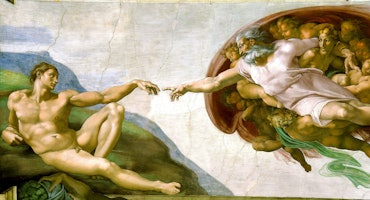
Vatican Museums & Sistine Chapel: Skip The Line
Vatican Museums & Sistine Chapel: Skip The Line
This ticket will make you save stress and time by allowing you to get priority entrance and skip the line. Visit the the countless masterpieces by Michelangelo, Raphael, Caravaggio, Tiziano and the Sistine chapel.
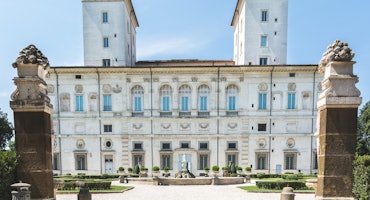
Borghese Gallery: Fast Track
Borghese Gallery: Fast Track
Galleria Borghese is located in the villa of the park Villa Borghese. Admire the architecture and furnishings of this beautiful villa. It is a museum full of art from the Renaissance. The collection includes several sculptures and paintings. Because of limited capacity get tickets for this museum weeks in advance.
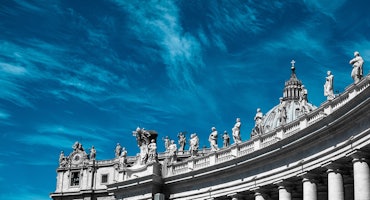
St. Peter’s Basilica: Dome Climb with Guide
St. Peter’s Basilica: Dome Climb with Guide
Get the most out of your visit to St. Peters with a guided tour to climb the basilica’s dome designed by Michelangelo and admire one of the stunning view. After the tour, you can explore the the basilica at your own pace.
Aurelian wall
The Aurelian wall is the city wall of Rome. It was built by Emperor Aurelian during the second half of the 3rd century AD. At first, the preceding emperors and kings of Rome found the building of a wall around the city to be unimportant due to its military prowess. However, when attacks from the neighboring Germanic tribes began to threaten Rome, Aurelian thought that it was time to build a great wall that could protect the city against territorial attacks.
Unluckily, Emperor Aurelian died before the completion of the wall. Nevertheless, his successor Probus made sure that the wall was completed.

During its construction, a number of monuments such as the Castel Sant’Angelo and the Pyramid of Cestius were integrated in the structure. Later, some of these monuments were severed from the wall. Adjustments were also made to ensure the safety and usefulness of the roads.
During the time of Aurelian and Probus, the Aurelian Wall had a height of 6 meters and a length of 19 kilometers. It also included 282 towers and 18 grand gates (more gates were later added).
Later when Maxentius came to power, he made sure the wall was raised and reinforced. Emperor Honorius also made sure that the wall was further strengthened. Eventually, it reached a height of 11 meters.
Most of the wall is well-preserved. In Museo del Mura, you can learn more about the history and the construction of the wall. The museum is located in Porta San Sebastiano, one of the best preserved city gates of the Aurelian wall.
